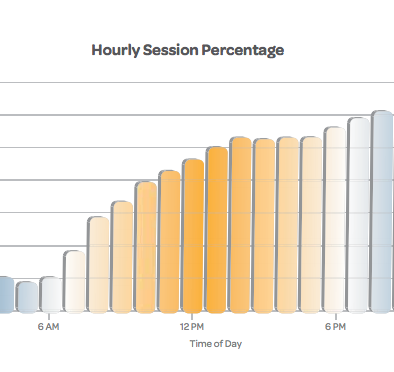Earlier this week, the blog for link-shortening service bit.ly announced results from a study of the ‘half-life’ of links coming from Facebook, Twitter, email and YouTube. The data reveals that different types of links rise and fall at different speeds, and how long a link stays ‘alive’ also depends on the platform it was posted through.
Bit.ly began by asking “How long is a link “alive” before people stop caring?” and “Does it matter what kind of content it is, or where you shared it?” To answer these questions, a new measurement was created: the ‘half-life’ of a link. According to bit.ly: “We can evaluate the persistence of the link by calculating what we’re calling the half life: the amount of time at which this link will receive half of the clicks it will ever receive after it’s reached its peak.”
An examination of the half-life of 1,000 popular bit.ly links yielded these results:
- the mean half life of a link on Twitter is 2.8 hours
- on Facebook, 3.2 hours
- via ‘direct’ sources (like email or IM clients), 3.4 hours
- links that originate from YouTube have a half life of 7.4 hours
So, links on YouTube consistently maintain interest for twice as long as links posted on other platforms – is this simply because videos tend to remain relevant for longer than, say, news bytes posted on Twitter? Posts on Facebook will, on average, receive 24 more minutes of attention than posts on Twitter.
However, these are all averages – many links last shorter or longer than these averages, leading bit.ly’s researchers to conclude that link lifespan is more affected by content than by platform. The bit.ly blog declares “on the social web it’s all about what you share, not where you share it!’


